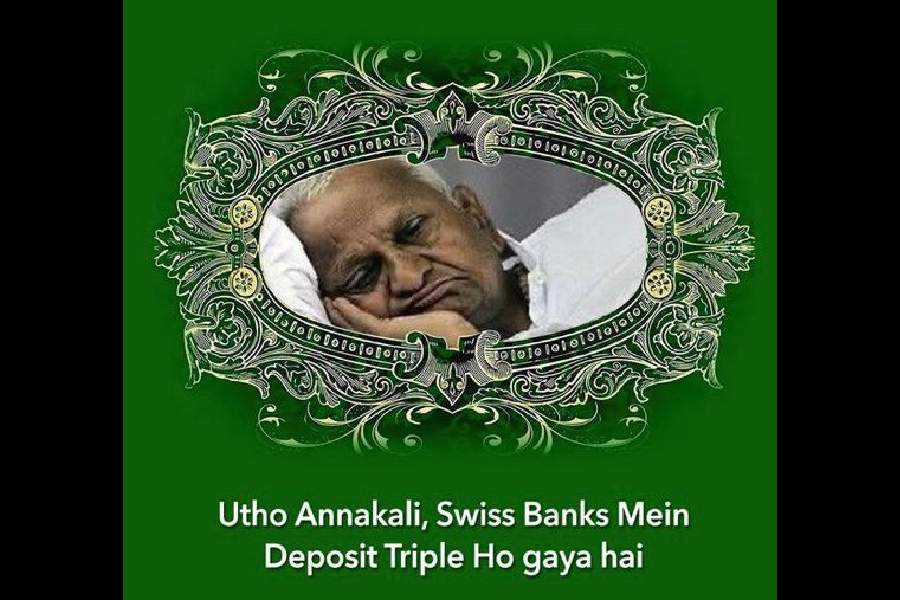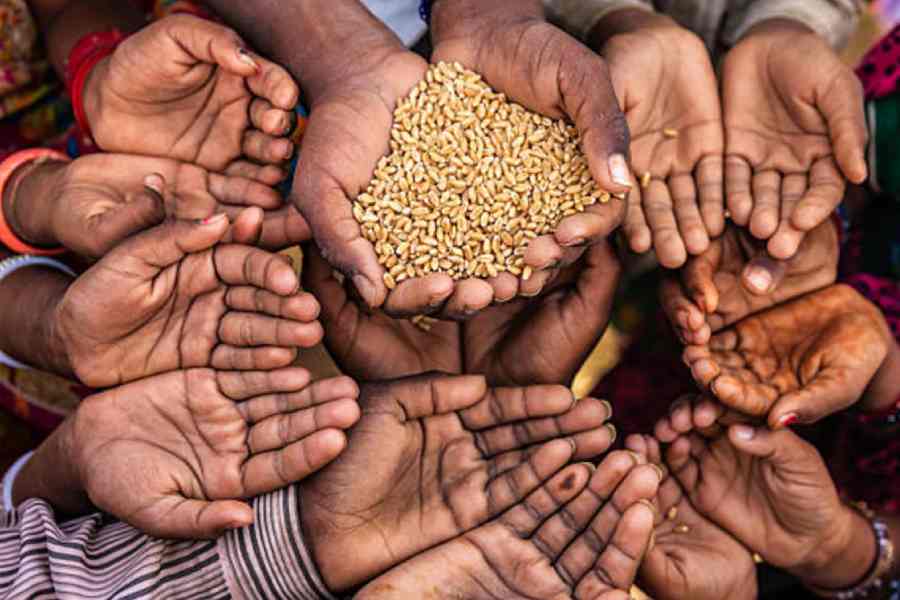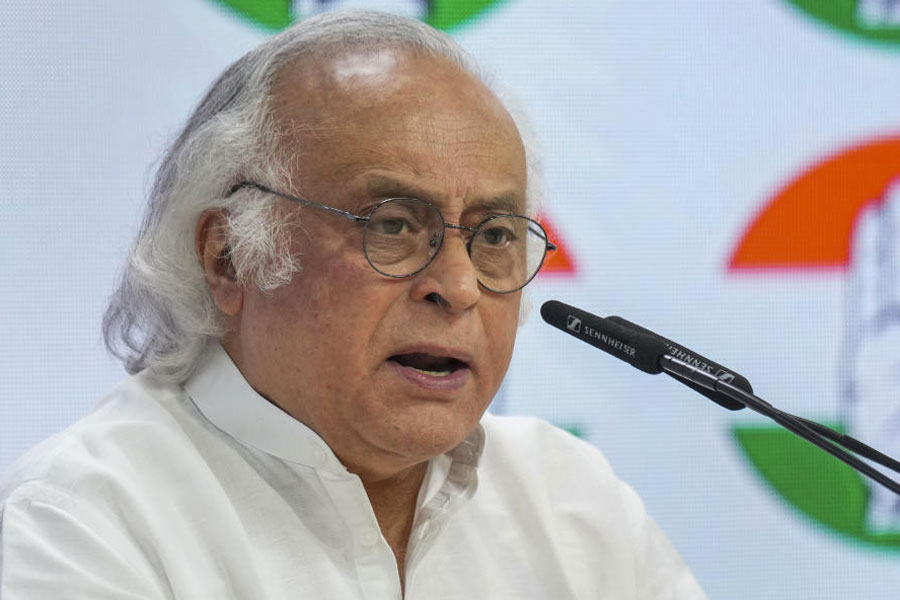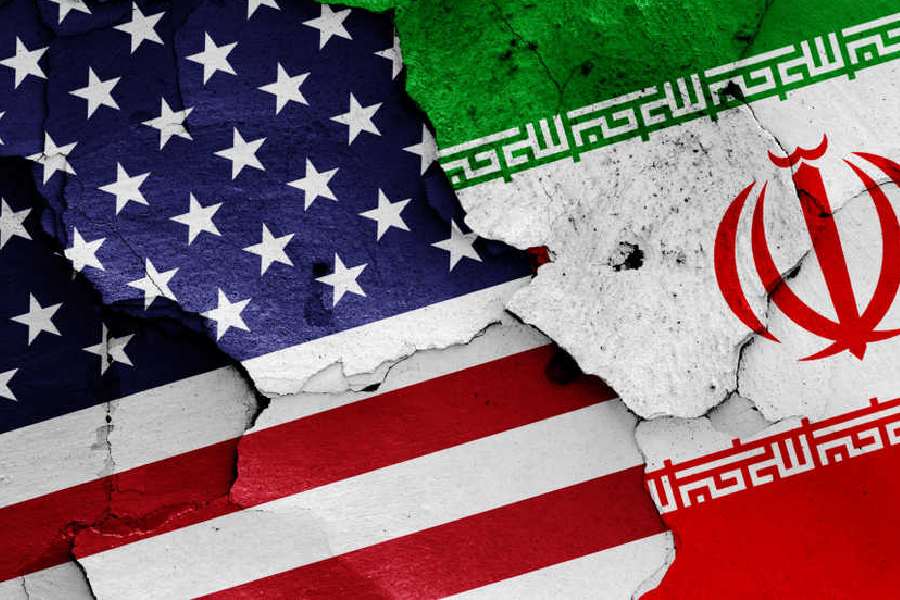The first female doctors in Indian history leave a deep impression. From the late 19th century to the mid-20th century, these brilliant women carried the zeal of providing medical assistance to their hapless sisters dying during childbirth. Anandibai Joshi got her medical degree from the Woman’s Medical College of Pennsylvania in 1886 which she attained after showing tremendous courage and fortitude in facing opposition, travelling alone to the United States of America at the age of 17, living among strangers for four years and completing a gruelling medical course. Married in childhood, she had suffered a painful childbirth and the loss of her infant son by the age of 12, which had taken a heavy toll on her health. She passed away just before she turned 22 due to tuberculosis, which worsened during the long sea voyage from America to Bombay.
Rukhmabai was the next gynaecology surgeon who had earlier become famous for her refusal to cohabit with her husband as “it was a child marriage and her consent was not asked.” The British court and the conservative Hindu had agreed that kanyadaan means the gifting of a virgin daughter from father to groom; her consent was thus irrelevant. This case was widely publicized in India, England and the US, and was instrumental in the passage of the Age of Consent Act, 1891. Rukhmabai was saved from going to prison by the Sutar panchayat in Bombay after the payment of a hefty fine to the husband. She then went to the Royal Free Hospital in London and became a doctor in 1894.
Rashid Jahan was a doctor, communist and writer. Born in 1905 in Aligarh, she studied in Lucknow and Delhi and was at the helm of the Progressive Writers’ Association and the movement led by the Indian People’s Theatre Association. While practising gynaecology, she witnessed the horror of women’s health and presented it through her stories. Women in her stories speak about unending cycles of cumbersome pregnancies and excruciating deliveries as well as of the obligation of wives to satisfy the sexual hunger of husbands. She had made prostitutes heroines of her poignant short stories before Saadat Hasan Manto did.
All these women faced societal opposition and derision. Apart from her husband, Anandibai had no emotional ties left in India as her decision to study abroad had turned her relatives and well-wishers away. Rukhmabai came back to Maharashtra but was not welcomed. She accepted a medical position first in Surat and then in Rajkot. She returned to Mumbai only after her retirement. Rashid Jahan was named ‘Angareywali’ and received threats that her nose would be cut off after her stories were published in an explosive Urdu book, Angarey (Embers), 1932. Her father’s school for girls was termed as a house of pleasure.
The similarity of their life experiences ends here.
Rashid Jahan lived a full life surrounded by a circle of friends, associates and admirers. Her parents and siblings supported her wholeheartedly. She was married to a fellow communist, Mahmuduz Zaffar, and her house became a space for shayaris, plays and stories. Faiz Ahmad Faiz found his communist moorings along with Jahan. Ismat Chughtai adored her and declared, “Rashidapa spoke about everything boldly and loudly. I just wanted to imitate her.”
In contrast, our Maharashtrian Hindu heroines lived lonely lives. Even Pandita Ramabai, a dazzling personality, scholar of Sanskrit, the author of High Caste Hindu Woman, had only one friend left in Mahatma Phule. When she converted to Christianity, her circle of reformists disowned her. She started the Mukti mission and the Sharada Sadan ashram near Pune and lived out her life surrounded by orphaned, destitute girls and young widows.
Women always pay a severe cost for their choices. Either you live as a ‘good woman’ as society ordains or live a lonely life on the periphery. But not Rashid Jahan. While the conservative Muslim community and Urdu press abhorred her, her family and comrades enveloped her in warmth and humour. The communist value system played a role in this, as did progressive Islam. When I read her biography as also those of other women writers in Urdu, I wondered where the myth of the Muslim woman as victim comes from? Each social group has its archaic orthodox faction and the progressive liberal stream. We choose to focus on one or the other.
‘Why do Muslim girls not marry Hindu boys?’ we are asked repeatedly despite no statistical evidence to prove the claim that Hindu women marrying Muslim men are more in proportion than vice-versa. This is because the debate about Muslim women is currently limited to marriage, divorce — triple talaq — and the hijab/burqa. But surely women ought to have more than marriage and clothes? What about their education, health, mobility? The Sachar Committee report shows us that since 1947, Muslims have sunk lower on all development indices; their employment rates in the formal sector are abysmal and access to education is inadequate. The Ajlaf or lower caste Muslims, who were artisans of once flourishing trades, have sunk lower than Hindu Dalits who, in 1947, were severely destitute and exploited. The rapid communalization of politics and public life has further marginalized and terrorized them. How will Muslim women find the mobility and the courage to make their own choices?
B.R. Ambedkar tried to bring the Hindu Code Bill that gave property rights to women along with the freedom to divorce. He thought that with these rights women would gain the confidence to choose their life partners and, in time, dismantle the caste system with inter-caste marriages. The Brahmin orthodoxy in the Constituent Assembly blocked the Hindu Code Bill. ‘What will happen to our sons, if we give property to daughters?’ they asked enraged. Ambedkar resigned and converted to Buddhism. Jawaharlal Nehru then got the Hindu Code Bill passed in a piecemeal manner as the Hindu Marriage Act, Hindu Adoption and Maintenance Act and so on. Hindu women benefited from these as well as from access to education and employment. Many expanded their choices to not marry at all or have children.
The orthodoxy still wants to curtail them. Thus the attacks on young women drinking alcohol or wearing Western clothes. Hence the wrath against Hindu women marrying Muslim men — how dare they exercise their choices? Especially since, it is alleged, an equal number of Muslim girls are not coming into the Hindu fold. To me this sounds like the ‘exchange of women’ that India and Pakistan organized in 1950. In the mayhem of the Partition, women were the worst casualty: they were abducted, raped or kept in the homes of their captors. Within a few months, some had married their abductors — as is shown in Amrita Pritam’s Pinjar — and had children. Some had already run away with their lovers. Most were certain that they were now too ‘tarnished’ for their families and would only bring ‘dishonour’. As Ritu Menon and Kamala Bhasin write, in the border camps women who did not want to be ‘recovered’ were dragged away from their children to tally the number of women exchanged.
So who are these victimized Muslim women that the Hindu right-wing wants to save? In 2017, the Muslim women’s networks obtained a historic victory in the triple talaq case in the Supreme Court. It looks like they decided to save themselves. They are now determined to save the Indian democracy. Remember Shaheen Bagh and several other places where we saw Muslim women in leadership position while Muslim men — young and old — played supporting roles. We saw hijab-clad young women turning their bodies into shields to protect their comrades from police batons. As Amir Aziz put it memorably in his poem, “Chulho se bandh di gayi chingariya mashaal ban jati hai, Gulam ke bediyon ki awaze azadi ki jhankar ban jati hai, isharon se inkilab karti hai, Jamia ki Ladkiyan (the sparks tied down to the hearth become torches/ the sounds of chains of the slaves become the echoes of freedom./ They do revolt with their eyes, these girls of Jamia).”










